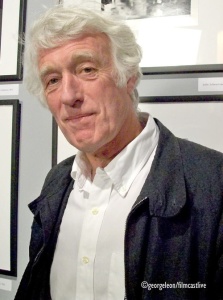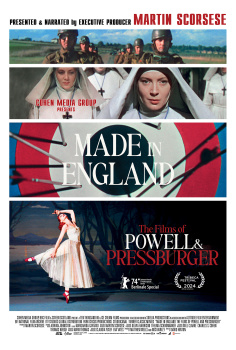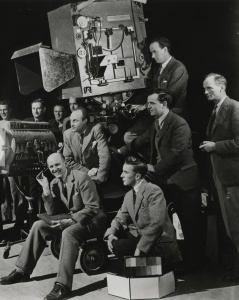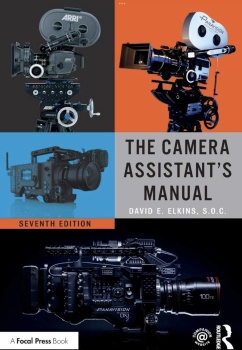 Clint Eastwood's "The Outlaw Josey Wales" is a strange and daring Western that brings together two of the genre's usually incompatible story lines. On the one hand, it's about a loner, a man of action and few words, who turns his back on civilization and lights out for the Indian nations. On the other hand, it's about a group of people heading West who meet along the trail and cast their destinies together. What happens next is supposed to be against the rules in Westerns, as if "Jeremiah Johnson" were crossed with "Stagecoach": Eastwood, the loner, becomes the group's leader and father figure. (Roger Ebert)
Clint Eastwood's "The Outlaw Josey Wales" is a strange and daring Western that brings together two of the genre's usually incompatible story lines. On the one hand, it's about a loner, a man of action and few words, who turns his back on civilization and lights out for the Indian nations. On the other hand, it's about a group of people heading West who meet along the trail and cast their destinies together. What happens next is supposed to be against the rules in Westerns, as if "Jeremiah Johnson" were crossed with "Stagecoach": Eastwood, the loner, becomes the group's leader and father figure. (Roger Ebert)Clint Eastwood, director. Phil Kaufman, screenwriter. Chief Dan George and Sandra Locke, actors. Bruce Surtees, cinematographer. Thomas Del Ruth, A camera operator. Charles Short, B camera. Charles Holmes, gaffer. Ferris Webster, Editor. Shot in 35mm Eastman Kodak color negative using Panavision anamorphic lenses and cameras, aspect ratio 2.35:1. Film stock processed and printed by DeLuxe.
Trivia: Philip Kaufman started to direct the film but was replaced by Clint Eastwood, a controversial move which prompted the DGA to institute a ban on any current cast or crew member replacing the director on a film - a rule which has ever since been titled the "Eastwood rule." Josey's two main handguns are Colt Walker 1847 Dragoon revolvers. They each hold six .44 caliber ball shots.
The weapon features larger cylinder chambers to allow more powder to be placed in the gun, making them more powerful (thus, why it was so popular 20 years later). The Walker Colt's one drawback was the weakness in the cylinder walls. If one broke, the whole weapon would blow up. This is referenced in Clint Eastwood's Unforgiven (1992).


























































